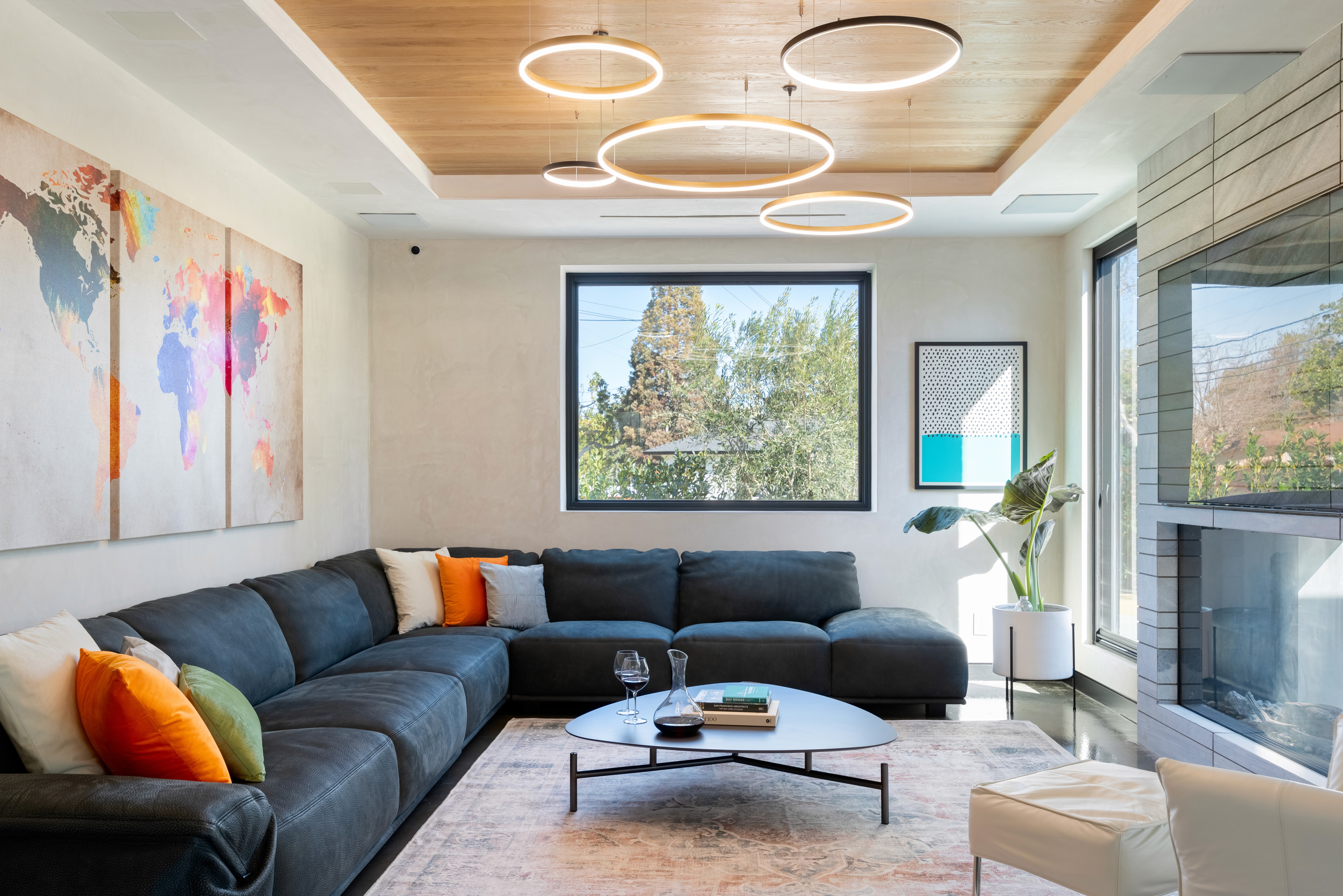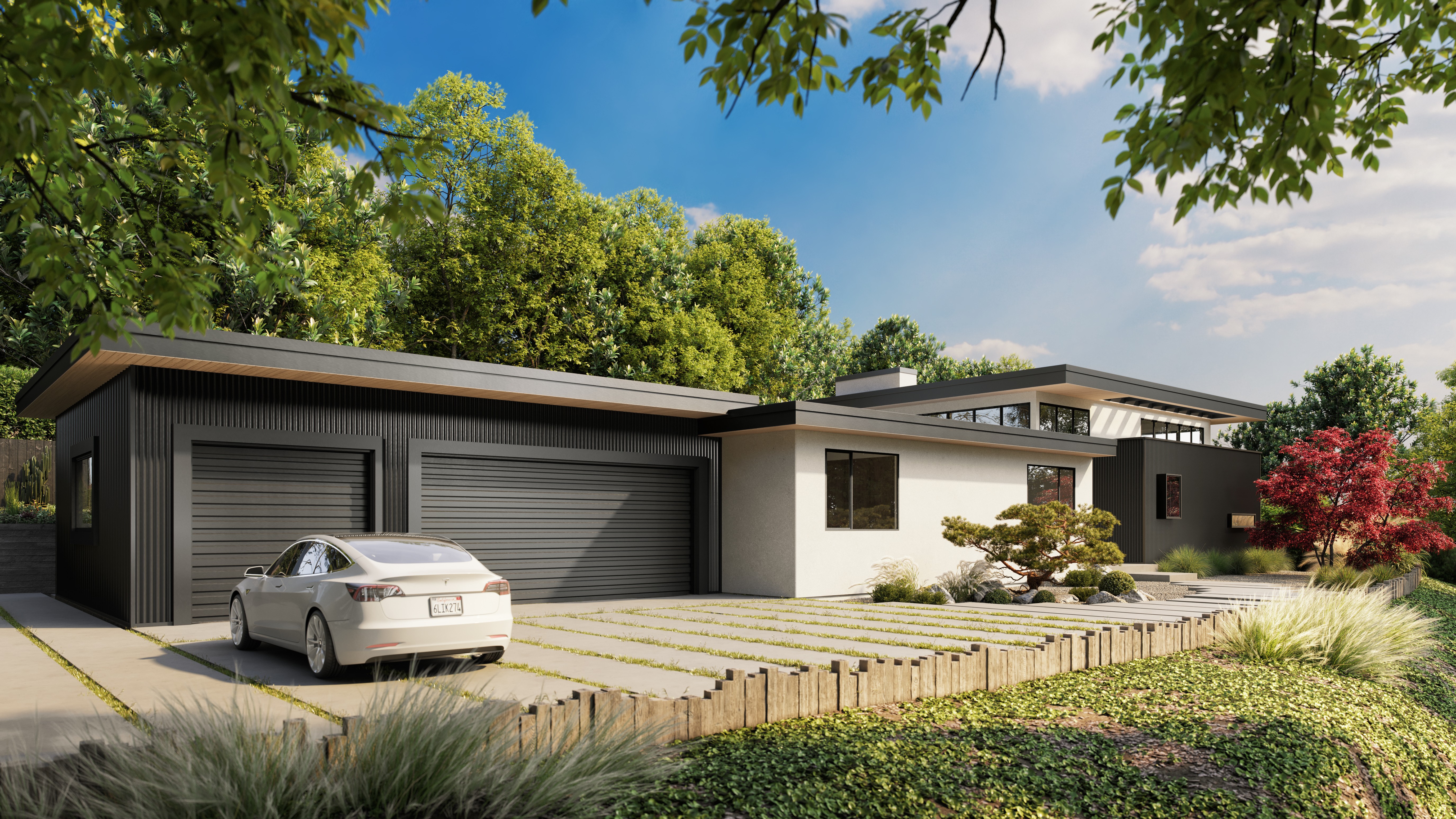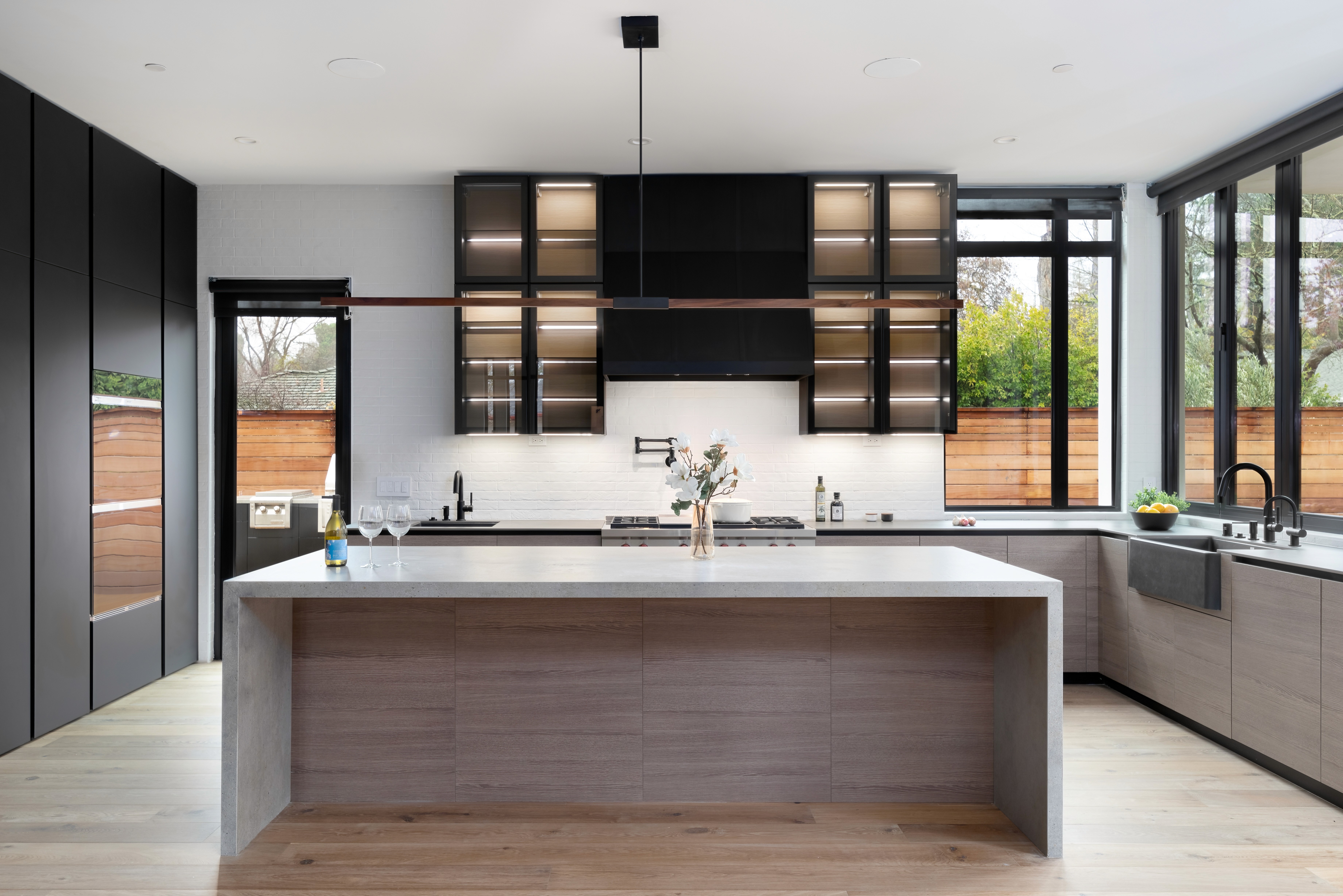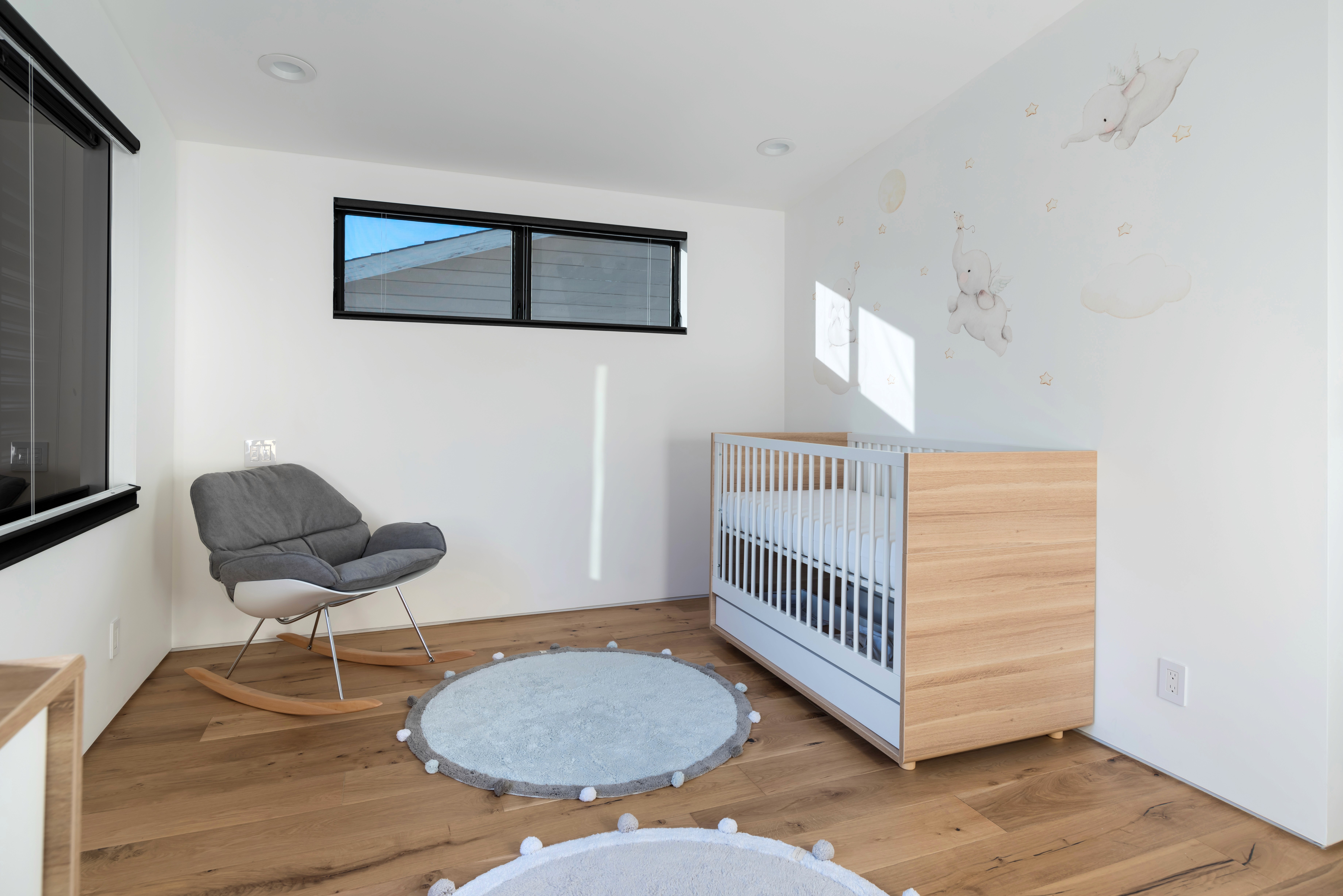SELECTED
WORK
THE
JOURNAL
VRCHITECTS
At VRchitects, design is never generic, it’s personal, purposeful, and deeply rooted in the way people actually live. Based in Palo Alto and working across California, we specialize in custom residential architecture that fuses modern aesthetics with timeless functionality.
We don’t just draw plans—we craft environments. Every project is a collaboration between lifestyle, landscape, and ambition. Whether we’re reimagining an aging home or designing a modern build from the ground up, our approach blends technical precision with creative clarity.
With a portfolio of 100+ homes across Palo Alto, Atherton, Los Altos, Menlo Park, Santa Barbara, San Diego, and beyond, our work is known for its clean lines, thoughtful flow, and indoor-outdoor connection. We design for families, visionaries, and homeowners who expect more—from their space and their architect.
This is California modernism—built to last, and designed to live in.






